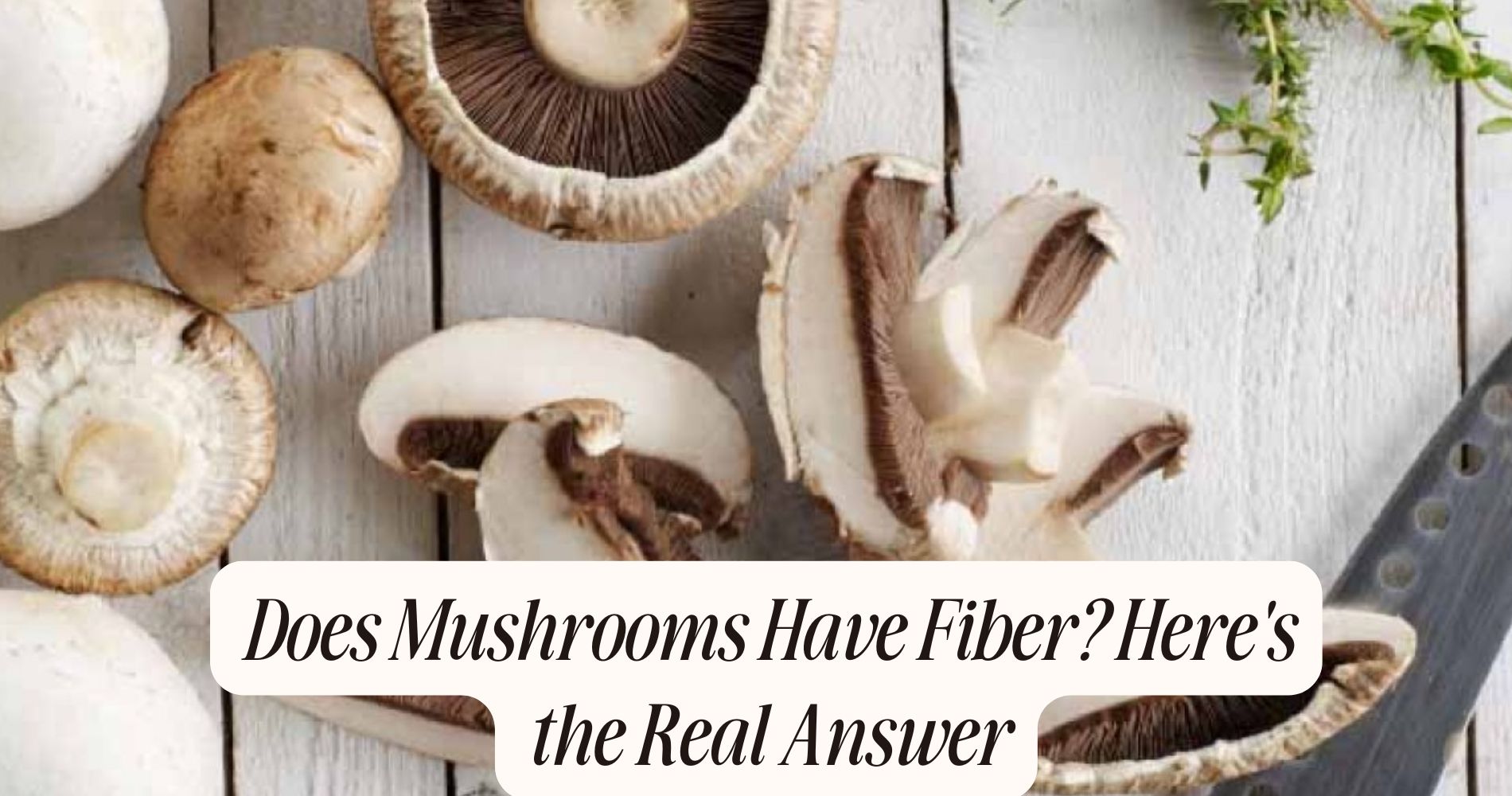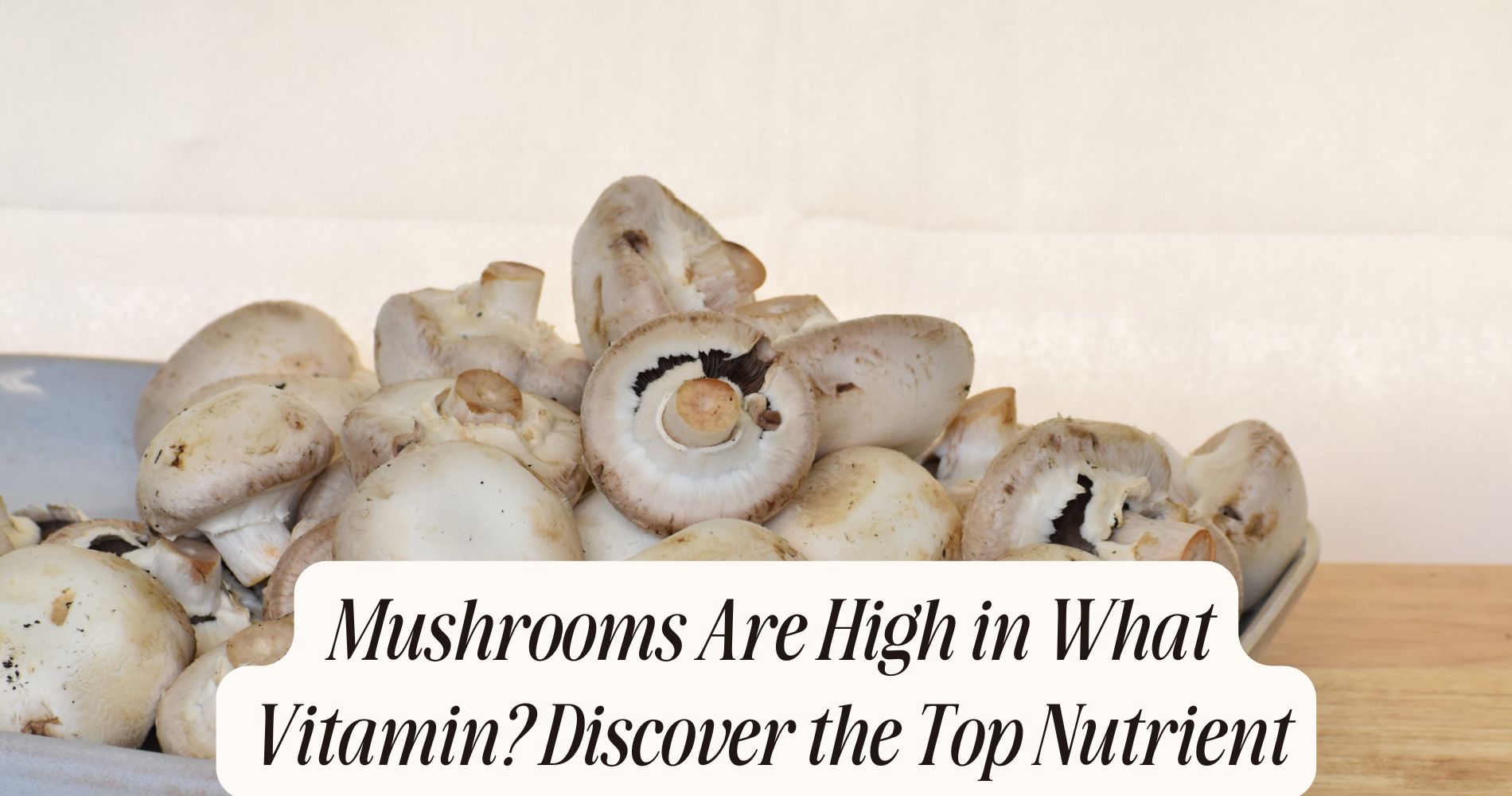
Does Mushrooms Have Fiber? Here's the Real Answer
Does mushrooms have fiber? Yes, mushrooms do have fiber—about 1 gram per cup of raw white mushrooms. They contain unique types like beta-glucans and chitin that boost your digestion and support your immune system. While mushrooms aren’t the highest-fiber vegetable, they’re a great way to add variety and texture to your meals without extra calories. If you’re curious how mushroom fiber compares to other veggies or want tips for eating more, there’s even more to discover just ahead.
Understanding Dietary Fiber and Its Importance
Although you might hear about fiber often, understanding its role in your diet is essential for good health. Dietary fiber, found in many plant-based foods, helps regulate your digestive system, lowers cholesterol, and supports steady blood sugar levels.
When you explore mushroom cultivation, you’ll notice that mushrooms, though technically fungi, are valued for their unique fiber content and texture. Including mushrooms in your culinary uses, such as stir-fries or soups, offers a practical way to boost fiber intake without extra calories.
Fiber also promotes fullness, which can help with weight management. By adding a variety of fiber sources like mushrooms to your meals, you support your gut health and overall well-being.
It’s a simple, evidence-based step toward a healthier lifestyle.
The Nutritional Profile of Mushrooms
Mushrooms stand out as a nutrient-dense addition to your meals, offering more than just fiber. When you add mushrooms to your diet, you’re getting important vitamins like B2 (riboflavin), niacin, and minerals such as selenium and copper.
They also contain antioxidants that support your immune system and protect your cells from damage. Thanks to advances in mushroom cultivation, you can easily find a variety of fresh options at your local market year-round.

Mushrooms are low in calories and fat, making them ideal for heart-healthy cooking. Their umami flavor boosts the taste of many dishes without adding extra sodium.
Whether you sauté them, roast them, or add them to soups, their culinary uses are both versatile and nutritious for everyday meals.
Types of Fiber Found in Mushrooms
Ever wondered what kind of fiber you’re actually getting when you eat mushrooms? Mushrooms provide a unique mix of fibers, mainly beta-glucans and chitin. Beta-glucans are known for supporting your immune system and maintaining healthy cholesterol levels.
Chitin, found in the cell walls thanks to mushroom cultivation techniques, is a tough fiber that can help with digestive health. Unlike plant-based fibers, these are formed with the help of fungal enzymes, creating structures that resist breakdown in your digestive tract.
That means they pass through your system, feeding beneficial gut bacteria and promoting regularity. Since mushrooms don’t have the same fiber as most vegetables, you’re actually introducing new types of fiber into your diet, which can diversify and support your overall gut health.
How Much Fiber Do Mushrooms Really Provide?
So, just how much fiber can you expect to get from adding mushrooms to your meals? On average, a one-cup serving of raw white mushrooms provides about 1 gram of dietary fiber. Varieties like shiitake or portobello offer similar amounts, thanks to consistent practices in mushroom cultivation.

While that may not seem like a lot, using mushrooms in your culinary uses—such as stir-fries, salads, or as a meat substitute—lets you boost your fiber intake in a tasty way. Remember, the fiber content can vary slightly depending on the type and preparation method, but mushrooms reliably contribute to your daily fiber goals.
If you're looking to diversify your fiber sources, mushrooms are a practical, low-calorie addition to your regular meals.
Comparing Mushroom Fiber Content to Other Vegetables
If you're curious how mushrooms stack up against other vegetables in the fiber department, it's helpful to look at the numbers. One cup of raw white mushrooms provides about 1 gram of fiber.
In comparison, broccoli offers around 2.4 grams, and carrots provide about 3.5 grams per cup. While mushrooms don’t lead the pack, their fiber content is respectable, especially when you consider their versatility and unique mushroom flavor profiles.
If you’re involved in mushroom cultivation, you might notice that different varieties—like shiitake or portobello—offer slightly more fiber than button mushrooms.
Adding assorted mushrooms to your meals is a practical way to boost your fiber intake, particularly when you combine them with other fiber-rich vegetables for a flavorful, nutritious dish.
Health Benefits of Eating Fiber-Rich Mushrooms
Because mushrooms contain both soluble and insoluble fiber, including them in your diet supports several key aspects of digestive health. You’ll benefit from improved bowel regularity, reduced constipation, and better absorption of nutrients.
Soluble fiber in mushrooms helps feed beneficial gut bacteria, which science links to enhanced immune function and reduced inflammation. Insoluble fiber, on the other hand, adds bulk to stool, promoting smoother digestion.
Unlike fiber supplements, mushrooms offer additional nutrients like B-vitamins, antioxidants, and minerals. Research even suggests that mushrooms may help lower cholesterol and regulate blood sugar levels, making them a smart choice for heart and metabolic health.

Thanks to advances in mushroom cultivation, you can now find a wide variety of fresh and dried mushrooms, making it easy to enjoy these natural fiber sources regularly.
Tips for Adding More Mushrooms to Your Diet
To take full advantage of the fiber and nutrients mushrooms provide, consider simple ways to include them in your daily meals. Start by exploring different mushroom flavor profiles; earthy portobellos work well in burgers, while shiitakes add depth to stir-fries.
Add sliced mushrooms to omelets, pasta dishes, or salads for a quick fiber boost. If you’re interested in fresh options, look into local mushroom cultivation—farmers’ markets often carry unique varieties you won’t find in standard supermarkets.
Use mushrooms as a meat substitute in tacos or stews to increase plant-based fiber intake. Don’t overlook dried mushrooms, which are easy to store and rehydrate for soups or sauces.
Convenient Fiber-Boosting Support with SUPER MUSHROOM GUMMIES
While mushrooms are a natural source of dietary fiber, incorporating them into every meal isn't always practical. That’s where SUPER MUSHROOM GUMMIES from Well Gummies come in. Each vegan-friendly chew delivers the benefits of 10 powerful mushroom types—supporting gut health, mental clarity, and immunity—all in a tasty wild berry flavor. No prep, no hassle—just smooth, sustained energy and wellness in every bite.
Frequently Asked Questions
Are There Any People Who Should Avoid Eating Mushrooms?
You should avoid mushrooms if you have mushroom allergies, as reactions can be serious. Also, check with your doctor if you're taking medications like blood thinners, since mushrooms may interact and affect how your medications work.
Can Mushroom Fiber Cause Digestive Issues?
You might experience gas or bloating from mushroom fiber due to fiber fermentation in your gut. Most people tolerate it well, but if you have sensitive digestive health, start with small amounts and increase gradually.
Do Cooking Methods Affect Mushroom Fiber Content?
When you use different cooking techniques, you can affect mushroom fiber retention. Boiling may reduce fiber slightly, while grilling or sautéing helps you keep more fiber. For maximum benefit, avoid prolonged boiling and opt for gentler methods.
Are Wild Mushrooms Higher in Fiber Than Cultivated Ones?
When you compare wild mushroom and cultivated mushroom varieties, you'll usually find wild mushrooms contain slightly more fiber. However, differences aren't dramatic, so you can choose either type and still get a good fiber boost in your diet.
Is Mushroom Fiber Suitable for a Gluten-Free Diet?
You can safely include mushroom fiber in a gluten-free diet since it’s naturally gluten-free. Mushrooms enhance your nutrient profile and serve as excellent dietary fiber sources, supporting digestion and gut health without triggering gluten sensitivities.
Conclusion
So, mushrooms do have fiber—mainly insoluble types like chitin and beta-glucans. While they don’t offer as much fiber as beans or whole grains, adding mushrooms to your meals can still boost your daily intake and support digestive health. Plus, they’re versatile, low in calories, and packed with nutrients. Try tossing mushrooms into salads, stir-fries, or omelets. With these simple swaps, you’ll enjoy more fiber and delicious flavor in your diet.




